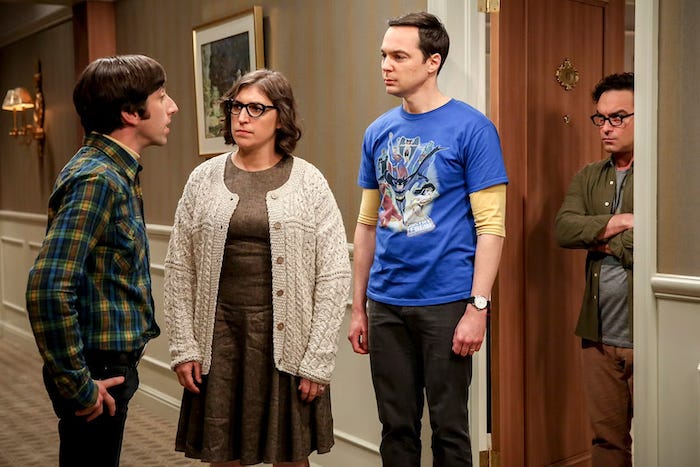What Is Cable TV in 2024? A Statistical Analysis

🌈 Abstract
The article discusses the decline of linear television and the rise of streaming services, exploring how the demographics of TV viewership have shifted over the past decade. It examines the cultural impact of the MAS*H series finale, the migration of live sports to streaming platforms, and the fragmentation of modern media consumption.
🙋 Q&A
[01] The Decline of Linear Television
1. What were some key events and trends that marked the evolution of home entertainment over the past 90 years?
- The article outlines several distinct eras of technological advancement and programming innovation:
- The "Golden Age" of Television (1940s-1960s): Rise of commercial broadcasting and popular programming genres
- Color Television and Programming Expansion (1960s-1980s): Transition to color broadcasting, advent of satellite TV, and growth of cable TV
- Digital and High-Definition Television (1990s-2000s): Shift from analog to digital broadcasting, improved audiovisual quality
- Streaming and On-Demand Services (2010s-Present): Rise of internet streaming services like Netflix and Hulu, leading to "cord-cutting" and the decline of cable, satellite, and telco TV
2. How has the adoption of streaming services impacted the pay TV industry?
- Pay TV adoption peaked in 2012, a year before Netflix's foray into original content, and has since experienced 11 consecutive years of subscriber declines
- As of 2023, the number of households with cable, satellite, or telco TV has decreased by 44% compared to its 2012 high
- In the summer of 2022, streaming passed cable as the predominant mode of TV consumption in the United States, and Netflix became the most valuable entertainment company
[02] Shifting Viewer Demographics
1. How have the viewer demographics of linear television changed over time?
- News networks like CNN, Fox News, and MSNBC attract viewers who are (on average) in their late 60s
- Networks targeting "younger" audiences, like MTV and Bravo, regularly appeal to viewers in their early to mid-50s
- Primetime programs like Blue Bloods and Magnum P.I. typically bring in viewers in their 70s, while "younger" series like Bob's Burgers and Big Brother attract audiences in their early 50s
2. What are the implications of this demographic shift for linear television?
- Pay TV viewership is rapidly aging, with cable skewing older and streaming skewing younger
- This fragmentation of modern media consumption has led to a loss of shared cultural experiences, with viewers speaking in recommendations rather than discussing common cultural touchstones
[03] The Loss of Communal Viewing
1. How has the shift to streaming and on-demand viewing impacted the sense of communal viewership?
- Cable and broadcast television fostered a sense of communal viewership, with game shows and primetime dramas attracting tens of millions of live viewers
- Today, audiences are split across a variety of programming options, with primetime pay TV shows and top-performing Netflix content receiving similar per-episode viewership, but in an asynchronous manner
- Streaming hits like Squid Game or Ted Lasso occasionally crossover into the zeitgeist, but most of Netflix's programming is a testament to content breadth, with personalized content diets
2. What are some examples of the loss of shared cultural experiences due to the fragmentation of media consumption?
- The article describes a fictional conversation about recommending different true crime docuseries, highlighting how people now speak in recommendations rather than discussing shared cultural experiences
- The author reminisces about the urgency to watch the Survivor finale live, as opposed to the asynchronous viewing of the show today